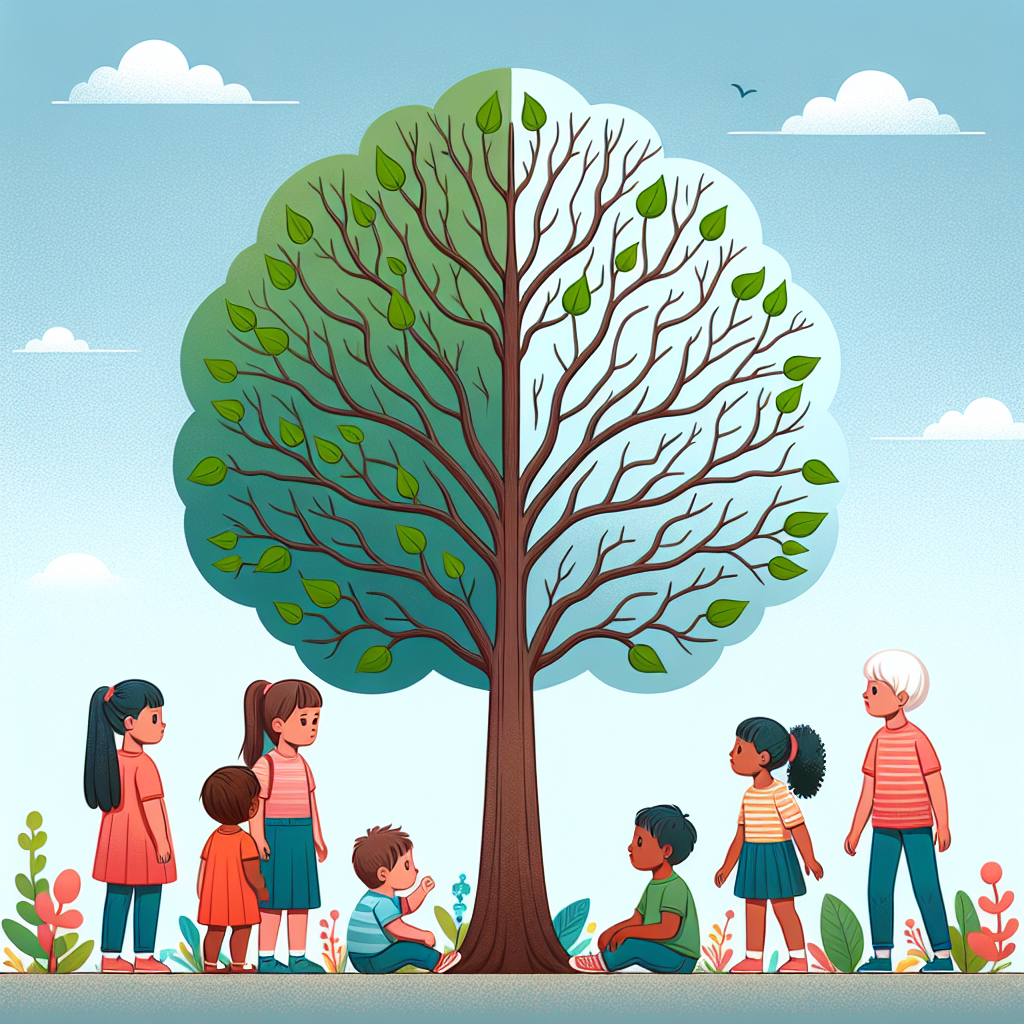Introduction
Imagine a child who seems withdrawn, struggles to connect with others, or displays intense fears of abandonment. These behaviors can signal potential attachment disorders, affecting their emotional, social, and psychological growth. Understanding Attachment Disorders: The Impact on Child Development is not just a clinical concern; it reflects the very foundation of how children relate to the world around them. Recognizing and addressing these disorders early can lead to better outcomes, providing children with the tools they need to thrive in relationships later in life.
In this article, we will explore the concept of attachment disorders, their forms, and significant impacts on child development, all while offering insights that parents, educators, and caregivers can use to foster healthier emotional environments.
Understanding Attachment Disorders: A Framework
What are Attachment Disorders?
Attachment disorders arise when a child does not form healthy emotional bonds with caregivers. These disorders often stem from neglect, abuse, or frequent changes in caregivers, especially in early formative years. It disrupts the normal development of relationships and affects how children perceive and engage with others.
Types of Attachment Disorders
-
Reactive Attachment Disorder (RAD): This condition occurs in children who fail to establish healthy attachments, often displaying signs such as a lack of emotional responsiveness or seeming indifferent to caregivers.
- Disinhibited Social Engagement Disorder (DSED): Children with DSED may overly approach and engage with strangers, indicating a disordered sense of trust and safety.
The Importance of Early Intervention
Understanding Attachment Disorders: The Impact on Child Development emphasizes the importance of early intervention. Research indicates that early therapeutic approaches, such as play therapy or attachment-focused counseling, can significantly improve outcomes.
Case Study: Jenna’s Journey
Jenna, a 6-year-old girl, was placed in foster care after her biological parents struggled with substance abuse. Initially diagnosed with RAD, Jenna displayed extreme withdrawal from adults. Through attachment-focused therapy, she began forming connections with her foster family, illustrating how early intervention plays a pivotal role in recovery.
The Impact on Child Development
Emotional Development
Children with attachment disorders often struggle with self-regulation and emotional expression. They may find it hard to trust others or communicate their feelings effectively, resulting in anxiety and depressive symptoms over time.
Table 1: Emotional Responses in Children with Attachment Disorders
| Emotion | Common Reactions | Potential Long-Term Effects |
|---|---|---|
| Anxiety | Clinginess, tantrums | Social withdrawal |
| Sadness | Crying, aggression | Depression |
| Anger | Outbursts, defiance | Aggressive behavior |
| Joy | Limited expression | Difficulty in relationships |
Behavioral Challenges
Children with attachment disorders often display behavioral issues, ranging from disruptive behavior in school settings to difficulty maintaining friendships. These behaviors can stem from a lack of learned coping mechanisms.
Case Study: Tom’s School Struggles
Tom, an 8-year-old diagnosed with DSED, exhibited disruptive behavior in class. His unfiltered approach often led to conflicts with peers. With proper support from school counselors and structured therapy sessions focusing on social skills, Tom improved his interactions, demonstrating the impact of understanding and addressing attachment issues.
Cognitive Development
Attachment disorders can hinder cognitive development, affecting a child’s ability to focus and learn. This often results in lower academic performance and a lack of curiosity about the world.
Social Relationships
The fundamental aspect of understanding attachment disorders lies in their influence on social relationships. Children may find it difficult to engage with peers or develop friendships, leading to isolation.
Table 2: Social Challenges Faced by Children
| Type of Relationship | Common Issues | Strategies for Improvement |
|---|---|---|
| Friends | Difficulty making friends | Group therapy for social skills |
| Family | Strained relationships | Family counseling sessions |
| Authority Figures | Distrust or rebellion | Consistent structures and clear communication |
Strategies for Supporting Children with Attachment Disorders
1. Establish a Stable Environment
Creating consistency in routine helps children feel secure. A structured environment reduces anxiety and fosters trust.
2. Foster Open Communication
Encouraging children to express their feelings can help them learn to communicate more effectively. Use age-appropriate language and be patient.
3. Engage in Play Therapy
Play therapy can be a valuable tool for children with attachment disorders. It allows them to express emotions and experiences in a safe and non-threatening manner.
4. Seek Professional Help
A mental health professional specializing in attachment disorders can provide tailored strategies that address individual needs.
Conclusion
Understanding Attachment Disorders: The Impact on Child Development offers valuable insights into how crucial healthy emotional bonds are during formative years. Early intervention, supportive environments, and consistent communication can lead to meaningful improvements in children’s lives. As caregivers, educators, and community members, our role is to advocate for these children, providing them with the love and support they deserve.
FAQs
1. What causes attachment disorders in children?
Attachment disorders typically arise from neglect, abuse, or inconsistent caregiving during early childhood.
2. How can I tell if my child has an attachment disorder?
Signs may include withdrawn behavior, difficulty forming relationships, intense fears of abandonment, or disruptive behavior.
3. Are attachment disorders treatable?
Yes, with early intervention, therapy, and support, many children can significantly improve their emotional and social functioning.
4. What role do parents play in treating attachment disorders?
Parents can create a secure environment, engage in open communication, and seek professional help to support their child’s recovery.
5. How can schools help children with attachment disorders?
Schools can provide supportive counseling services, implement structure and routines, and promote social skills development among peers.
Understanding Attachment Disorders: The Impact on Child Development is a profound journey towards nurturing emotionally healthy children. By focusing on early intervention and fostering secure relationships, we can help pave a brighter future for all children.

